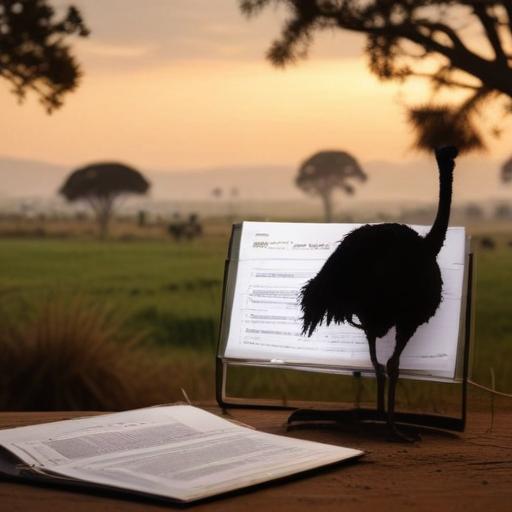U.S. Health Secretary Robert F. Kennedy Jr. has reached out to Canadian health officials regarding the impending cull of approximately 400 ostriches at Universal Ostrich in Edgewood, British Columbia, following concerns over the avian flu virus. In a statement shared on X, Kennedy expressed his concerns after discussing the situation with Canadian Food Inspection Agency (CFIA) president Paul MacKinnon. He urged the CFIA to reconsider the decision to cull the entire flock, highlighting the potential for valuable research on ostriches, which may possess unique antibodies against avian flu.
Kennedy emphasized that the U.S. Department of Health and Human Services, alongside institutions like the National Institutes of Health (NIH) and the Food and Drug Administration (FDA), would back any efforts to conduct research on these ostriches. His letter, co-signed by NIH director Jay Bhattacharya and FDA Commissioner Martin A. Makary, acknowledged the seriousness of the avian flu situation but asserted that culling the birds is unnecessary, especially after six months have passed since the last confirmed infection.
Despite these appeals, the CFIA confirmed that the cull would proceed, adhering to its strict policy of “stamping out” domestic poultry flocks infected with avian flu. This policy requires the eradication of all domestic birds at infected sites to mitigate the risk of further outbreaks. The CFIA stated that Universal Ostrich failed to meet the required criteria for an exemption from the cull, which primarily focused on proving the uniqueness or rarity of the flock.
Supporters of Universal Ostrich, both local and international, have rallied around the farm as the cull approaches, seeking to protect the ostriches. The CFIA has faced criticism for not being more flexible in handling individual cases of avian flu, with numerous expressions of concern from politicians and agricultural stakeholders. There is apprehension about the broader implications of the avian flu, especially given its potential to mutate and impact both wildlife and human populations.
Fiona Brinkman, a professor at Simon Fraser University, remarked on the complexity of the situation, recognizing the challenging position of the CFIA in balancing disease control with the emotional and economic ramifications of such drastic measures. There is a shared hope among some experts that the CFIA will reconsider its decision based on new evaluations, given the lengthy period since the initial findings.
This situation raises important questions about the management of avian diseases and the strategies used to contain them. While the CFIA’s policies are grounded in scientific research and international protocols, the potential loss of a unique population of birds sparks a debate over the best approach to public health and animal welfare. It is crucial for authorities to weigh both the immediate and longer-term consequences of their actions in addressing avian influenza outbreaks.
Amid the distressing circumstances, there remains a glimmer of hope that open dialogue and collaboration between health officials and scientists could lead to alternative solutions. Studying the surviving ostriches may yield important insights into disease resistance and contribute to future preventive measures.
